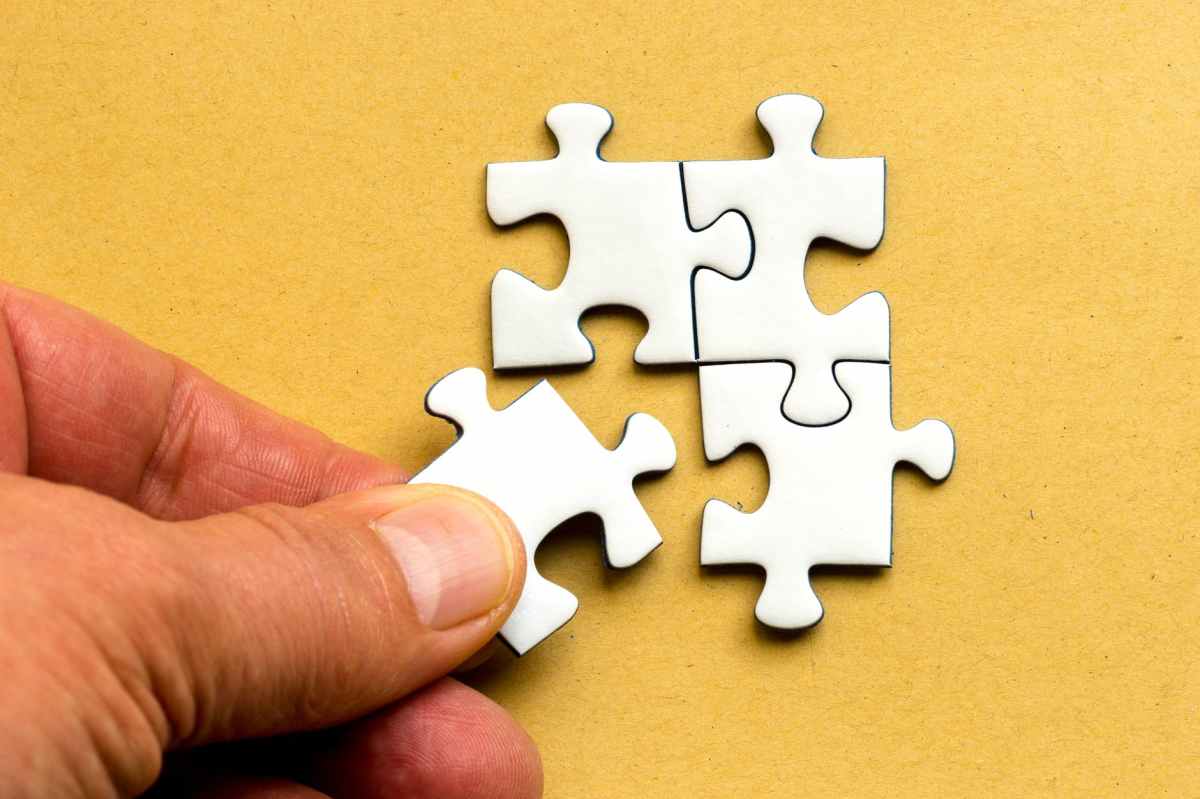Learn ways to cultivate your mental strength so that you can cope with stress better
If you encounter a personal failure or setback, are you able to pick yourself up and adapt to the circumstances? Or do you find yourself completely overwhelmed and unable to deal with the challenge?
Your answer will reveal how much mental resilience you have — defined as the ability to mentally or emotionally cope with a crisis or return to pre-crisis status quickly.
“Resilience is not tenacity,” clarifies Cat Triviño, Chief Marketing Officer of MindNation. “More importantly, resilience is not about bouncing back and going back to our normal selves. It is about moving forward and becoming better versions of who we are.”
Go back to the question in the first paragraph; if you answered in the latter category, don’t worry. There are strategies you can adopt so that you build better mental resilience and become better equipped to cope with stress and other challenges
- Take care of yourself. Self-care is an essential strategy for building resilience and helps to keep your mind and body healthy enough to deal with difficult situations as they arise. Taking care of yourself means paying attention to your own needs and feelings, and engaging in activities that bring you joy and relaxation. Examples include:
- “Listen to what your body needs, whether that’s extra time to breathe or a little stretch in the morning,” advises Cat.
- “Get some sun. Only if you can and only if it’s safe, open the window and bring in that vitamin D,” she adds.
- Meditate. “Don’t stress about how you’re not doing it right the first few times,” Cat assures. “The simple act of breathing, grounding, and of being aware of our surroundings can make us less anxious and bring us back to what we need to address.”
2. Control your exposure to anxiety-provoking situations. This includes limiting your news instake. “Personally, I only follow one Telegram group to get all my COVID related news; for others I only rely on trusted news sites but even so I limit that intake,” shares Car. “We don’t need that much all the information; all we need is to be informed well enough for our peace of mind, and then we cut off and go about our day.

3. Make connections. “Social distancing does not mean emotional distancing,” Cat reminds. “Please do keep connected, and as much as possible, call. Hearing someone else’s voice, especially someone we love, can give us the instant calm that we need.”
4. Be thankful. When something bad happens, always remember that things could be worse. “Be grateful for anything and everything good. Starting or ending your day with a grateful mindset will only set us up to see things in a better light,” cays Cat.
5. Ask — even if you won’t receive. Many of us are afraid to ask –for help, questions, or anything — because we fear hearing the word “No,” looking inadequate, or coming across as difficult. “But constantly avoiding rejection will not make us resilient,” counters Cat. Instead of staying away from the “No’s,” get your mind used to the feeling of being rebuffed to build your resilience threshold. “Start with small things like asking for your deliveries to be brought up to your unit, or requesting for a discount in the market. You may get rejected for various and legitimate reasons, but the point is to get used to hearing no!” she advises. “Once you realize that rejection is not debilitating, you build inner strength and become confident enough to ask for bigger things.”
6. Cultivate positive self-talk. “The next time you face challenges or adversities, identify how you’re describing them and see if you can reframe the words in a more positive way,” instructs Cat.
A. Instead of: “ I feel like a failure for not being able to lead my team through this pandemic.”
Say: “Being a leader during this pandemic is an obstacle, but not one I will face alone.”
B. Instead of: “Working from home is horrible.”
Say: “Working from home is challenging.”
C. Instead of: “I asked for a promotion, and got rejected.”
Say: “I asked for a promotion, and got redirected.”

Just like other traits, resilience is something that can be learned and developed. All it takes is an awareness of the bad thoughts and actions that you may be doing, learning about the good ones, and having the discipline to enact them when the need arises.
But if the situation continues to be difficult for you and you are finding it hard to cope, always seek the help of a professional. A good place to start will be MindNation’s chat helpline on FB Messenger, available 24/7. The service is free, completely confidential, and the staff is trained to ease your anxieties.
— Written by Jaclyn Lutanco-Chua of MindNation



























